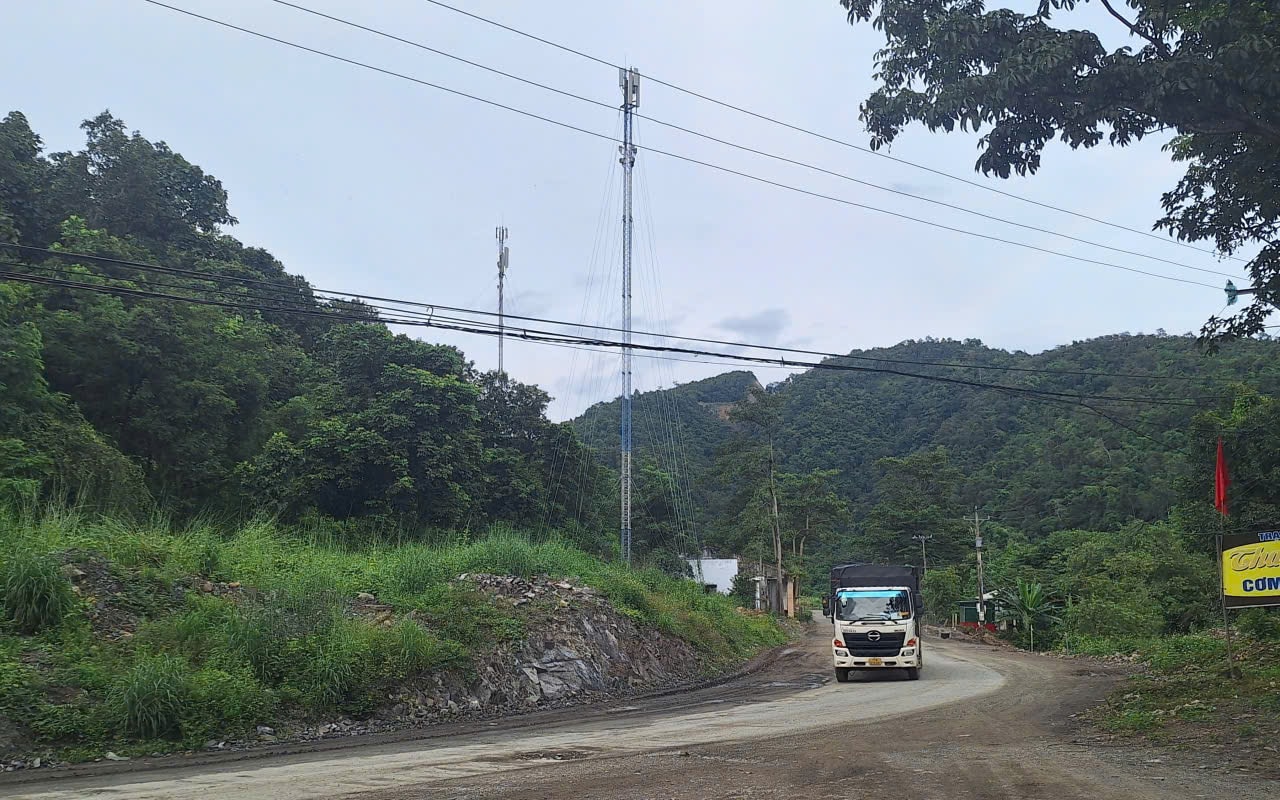
If transportation is the physical lifeblood of the economy , then telecommunications is the digital lifeblood – where information, data, and connections flow. However, currently, in many areas, especially on major national highways 28, 28B, and 55 connecting the three centers of Phan Thiet, Da Lat, and Gia Nghia, residents, tourists, and officials traveling through mountain passes and forested areas still experience signal loss and information isolation for hours, unable to make calls, access the internet, use GPS, or make online payments.
This not only causes inconvenience in daily life but also hinders production, business, tourism service operations, and the management and administration activities of local authorities. In the context of the whole country undergoing a strong transformation towards a digital economy and digital society, the existence of such "digital blind spots" or "digital gaps" is clearly a waste of development opportunities.
Recently, the Department of Science and Technology conducted a survey and planned to install 108 new BTS stations, a positive sign. Of these, 39 stations are located on mountain passes, 9 are in particularly disadvantaged villages, and 60 are in other areas with poor signal coverage, demonstrating a serious commitment to achieving "full coverage" across the province. The goal of ensuring 100% of villages and hamlets have access to digital transformation is the right direction, meeting current development requirements.
Regarding this issue, at a recent meeting, Vice Chairman of the Provincial People's Committee Nguyen Ngoc Phuc requested the Department of Science and Technology to continue coordinating with telecommunications businesses and localities to conduct surveys and measurements of telecommunications signals throughout the province. Particular attention should be paid to providing coverage to villages and hamlets with weak or no signal, in order to advise the Provincial People's Committee on developing telecommunications infrastructure to serve areas with no signal, weak signal, or intermittent signal.
However, in reality, the implementation process is still facing many obstacles, such as difficulties in leasing land and installing BTS stations on public property; obstacles in extending electricity lines through protected forest areas; and high investment costs for solar power with unstable returns. Meanwhile, the Telecommunications Law of 2023, which has come into effect, clearly stipulates the right to access shared infrastructure, but still needs to be concretized through flexible mechanisms that are appropriate to local realities.
It's impossible to talk about digital transformation, digital government, or digital citizenship when people still have to "climb mountains and cross streams" to find phone signals. Telecommunications infrastructure must be one step ahead, because it is the foundation for expanding online public administrative services, developing e-commerce, smart tourism, high-tech agriculture, and digital education and healthcare, as targeted by the Provincial Party Congress Resolution for the 2025-2030 period.
Therefore, urgently and decisively eliminating "gaps" and "white zones" (areas without signal coverage) is not only a technical problem but also a strategic decision. Only when "signals are clear - roads are clear - and communication is clear" can inter-regional value chains be formed, maximizing the potential of each region and industry. This is also a prerequisite to ensure that people in mountainous and remote areas are not left behind in the national digital transformation journey.
Source: https://baolamdong.vn/thao-diem-nghen-vien-thong-397759.html






![[Photo] Two flights successfully landed and took off at Long Thanh Airport.](/_next/image?url=https%3A%2F%2Fvphoto.vietnam.vn%2Fthumb%2F1200x675%2Fvietnam%2Fresource%2FIMAGE%2F2025%2F12%2F15%2F1765808718882_ndo_br_img-8897-resize-5807-jpg.webp&w=3840&q=75)







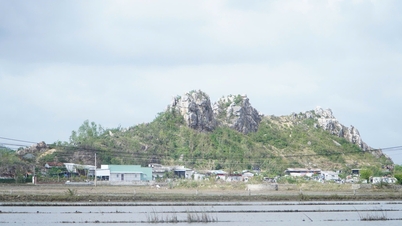


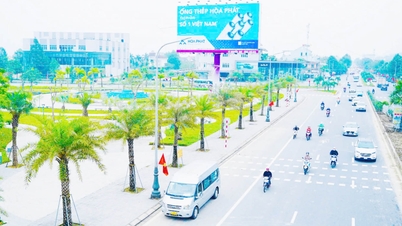




















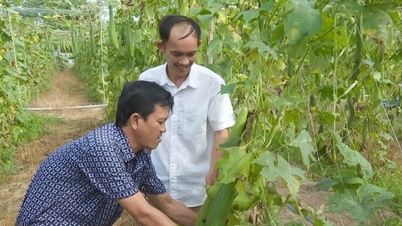




































































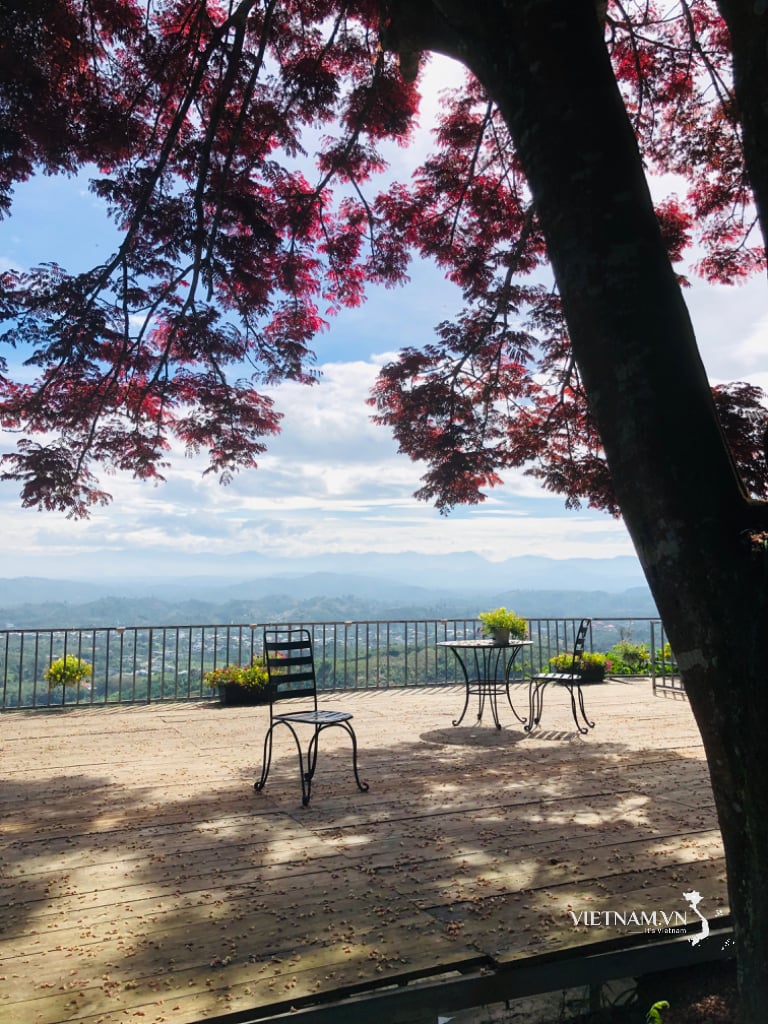


Comment (0)